

| Region rejsu : Europa |
| Firma : Lueftner Cruises |
| Statek : AMADEUS Diamond |
| Data rozpoczęcia : śr. 17 wrz 2025 |
| Data zakończenia : śr. 24 wrz 2025 |
| Liczba nocy : 7 nocy |
| Dzień | Data | Port | Wypłynięcie | Odpłynięcie |
|---|---|---|---|---|
| 1 | 17.09 śr. | Paryż / Francja | 20:00 | |
| 2 | 18.09 czw. | Auvers-sur-Oise / Francja | 01:30 | 17:00 |
| 3 | 19.09 pt. | Rouen / Francja | 08:00 | 17:30 |
| 4 | 20.09 sob. | Le Havre / Francja | 03:30 | |
| 5 | 21.09 niedz. | Le Havre / Francja | 09:00 | |
| 5 | 21.09 niedz. | Caudebec-en-Caux / Francja | 15:00 | 22:00 |
| 6 | 22.09 pon. | Les Andelys / Francja | 08:00 | 09:00 |
| 6 | 22.09 pon. | Vernon / Francja | 11:30 | 13:30 |
| 6 | 22.09 pon. | Mantle-la-Jolie / Francja | 17:30 | 18:30 |
| 7 | 23.09 wt. | Paryż / Francja | 03:30 | |
| 8 | 24.09 śr. | Paryż / Francja |
Suites & Staterooms
Luxury accommodation in an outside river-view stateroom of your choice: Spacious Mozart Suites with a walk-out balcony, stateroom cabins on Mozart and Strauss Decks with drop-down Panorama Retractable Windows offering a wide-open view (except Amadeus Brilliant)
Individual climate control and in-room safe
Choice of bed configuration in all categories (double or twin bedding)
Gourmet Dining
Gourmet dining featuring breakfast, multi-course lunches and dinners with menu choices (including vegetarian options), afternoon tea and late-night snack
Free-flowing hand-selected wines from the best wine regions of Europe served with dinner on board
Coffee and tea available 24 hours a day in the Amadeus Club
Welcome and Farewell Cocktail Reception, Welcome Dinner and Captain’s Gala Dinner
Voyage of Discovery
Personalized service of an experienced, multilingual AMADEUS Cruise Director
AMADEUS digital audio system for all guided excursions
Variety of enriching onboard programs, including fascinating lectures, cooking demonstrations, local cultural performances, and music by our onboard musicians
Complimentary use of onboard bicycles for independent exploration
Onboard fitness center open 24 hours a day
All port taxes, embarkation, disembarkation and lock fees included in your cruise fare
Travel Terms & Conditions
PREAMBLE
These travel conditions are issued in the name of the carrier, Lüftner Cruises GmbH / A-6020 Innsbruck, for the travel programs included in this brochure. In the following, this is referred to as “the carrier”. The transportation of passengers and baggage on any of the vessels offered is governed solely by the Terms and Conditions of the Passenger Ticket Contract (available on request).
PAYMENT POLICY
A deposit of 10% per person is required to secure a confirmed reservation. When more than one cruise is booked, deposit and payment policies apply per cruise. The balance is due for payment no later than 20 days prior to departure, despite no further request for payment being made. All reservations are subject to cancellation if payments are not received by the due date, and in such a case the carrier is entitled to cancel the reservation/s in accordance with the cancellation fees specified in these terms and conditions. Upon full payment by the participant(s) of the amount specified in the invoice, the carrier agrees to arrange for the provision of the services as described in this brochure. Your payment or acceptance of a ticket constitutes your agreement to the terms and conditions of travel.
CANCELLATION POLICY
In cases of cancellation the carrier has the right to demand the following cancellation fees, calculated as a percentage of the travel price and dependent on the number of days left until the planned departure date:
Days Before Departure
121 days and more 10%
120 – 90 days 15%
89 – 60 days 35%
59 – 30 days 50%
29 – 15 days 80%
14 – 1 day(s) 85%
on departure day 90%
Cancellations must be made in writing. Cancellation invoices are due for payment as soon as they are received
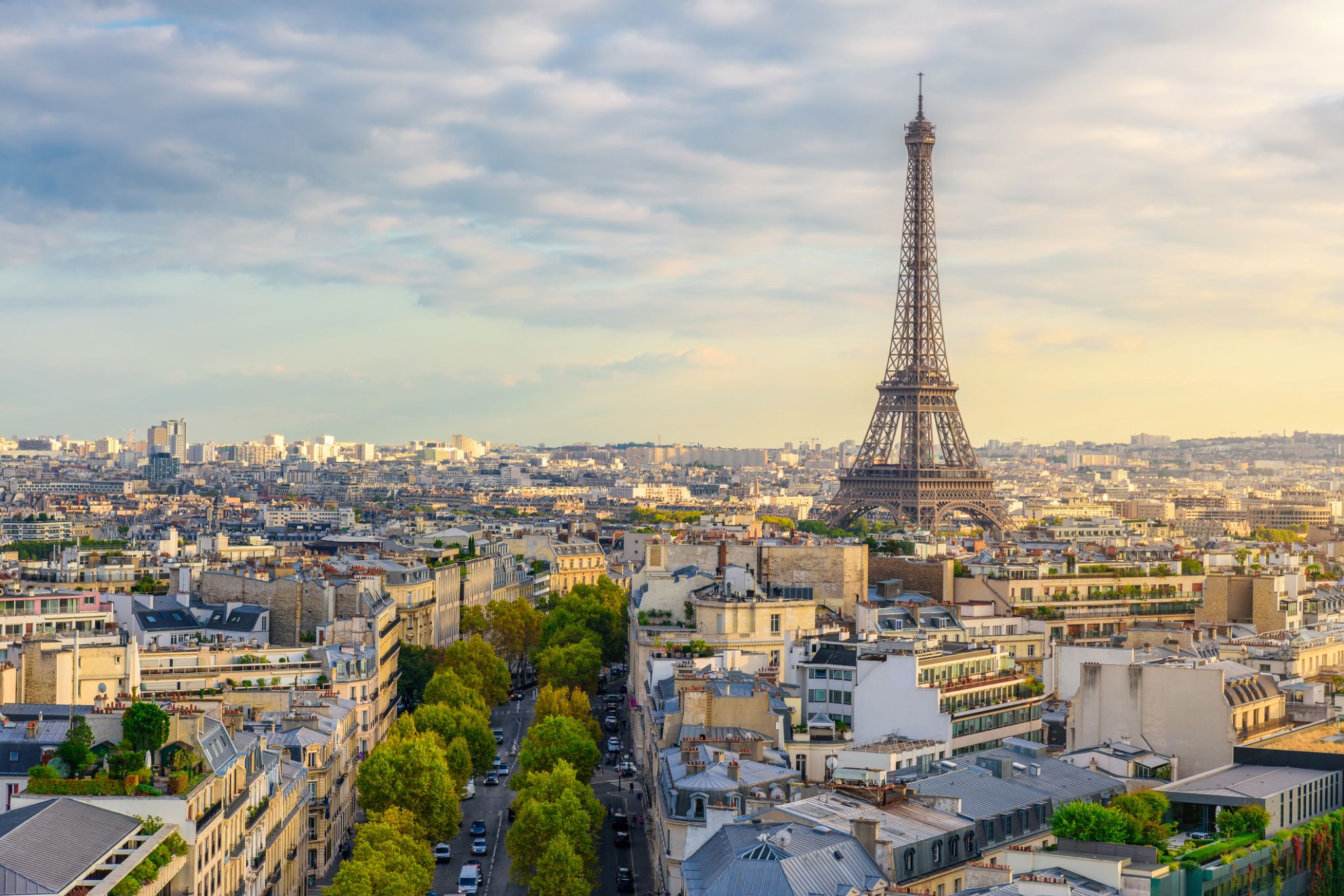
the capital of France, on the Seine River; population 2,203,817 (2006). Paris was held by the Romans, who called it Lutetia, and by the Franks, and was established as the capital in 987 under Hugh Capet. It was organized into three parts—the Île de la Cité (an island in the Seine), the Right Bank, and the Left Bank—during the reign of Philippe-Auguste 1180–1223. The city's neoclassical architecture dates from the modernization of the Napoleonic era, which continued under Napoleon III, when the bridges and boulevards of the modern city were built.
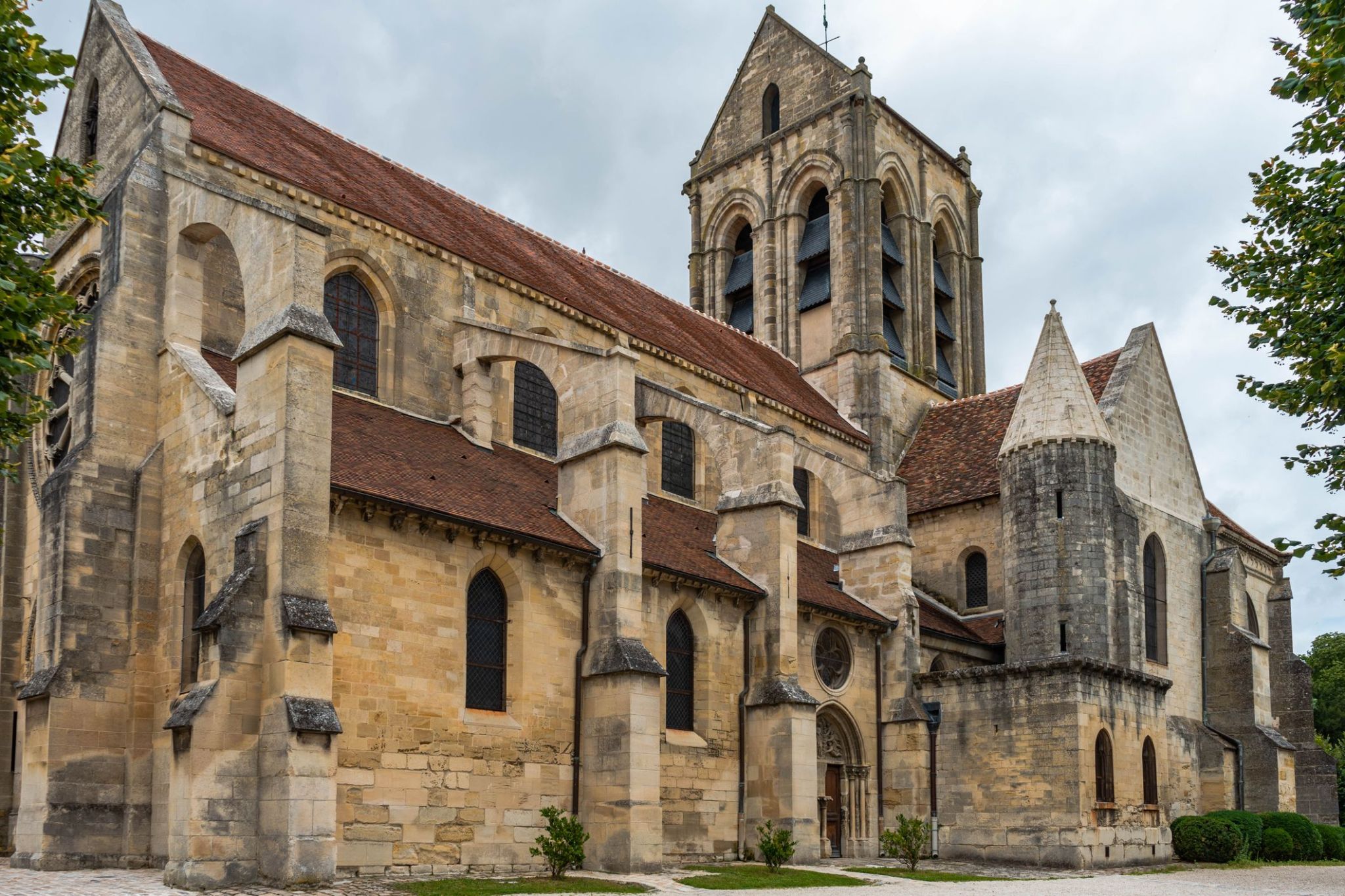
Małe, ale malownicze miasteczko, zanurzone w zieleni i otoczone pięknymi krajobrazami Francji, to prawdziwe odkrycie dla miłośników sztuki i natury. Auvers-sur-Oise przyciąga turystów swoimi historycznymi uliczkami, gdzie każdy kamień pamięta wielkich artystów, takich jak Van Gogh. To właśnie tutaj spędził ostatnie miesiące swojego życia, zostawiając po sobie obrazy inspirowane okolicznym krajobrazem. Spacerując po tych uliczkach, można poczuć się częścią jego artystycznego świata.
Miasto jest również znane ze swojego cmentarza, na którym spoczywają Van Gogh i jego brat Theo, co nadaje Auvers-sur-Oise wyjątkową atmosferę. Lokalne parki i ogrody, z których roztacza się malowniczy widok na rzekę Oise, stwarzają idealne warunki do spokojnych spacerów na świeżym powietrzu. To miejsce we Francji jest idealne dla tych, którzy szukają połączenia sztuki, historii i odosobnionej piękności natury.
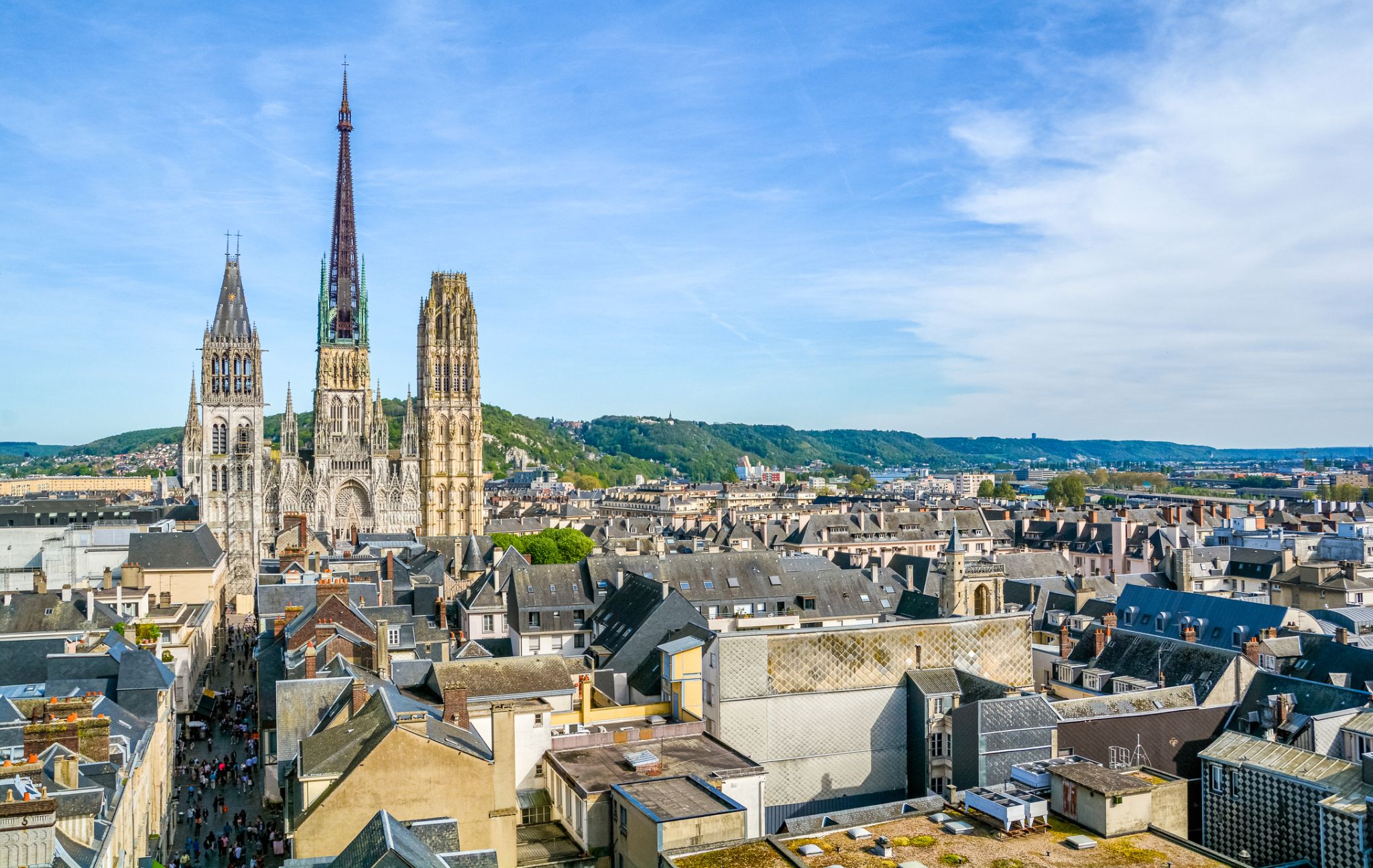
Rouen jest miastem nad Sekwaną w północnej Francji. Jest stolicą regionu Normandia. Niegdyś jedno z największych i najbogatszych miast średniowiecznej Europy, Rouen było siedzibą Skarbu Normandii w średniowieczu. Było jedną ze stolic dynastii anglonormańskich, które rządziły Anglią i znacznymi częściami współczesnej Francji od XI do XV wieku.
Populacja obszaru metropolitalnego (po francusku: agglomération) według spisu z 2011 roku wynosiła 655 013, a szacunkowa populacja samego miasta to 111 557. Mieszkańcy Rouen są znani jako Rouennais.
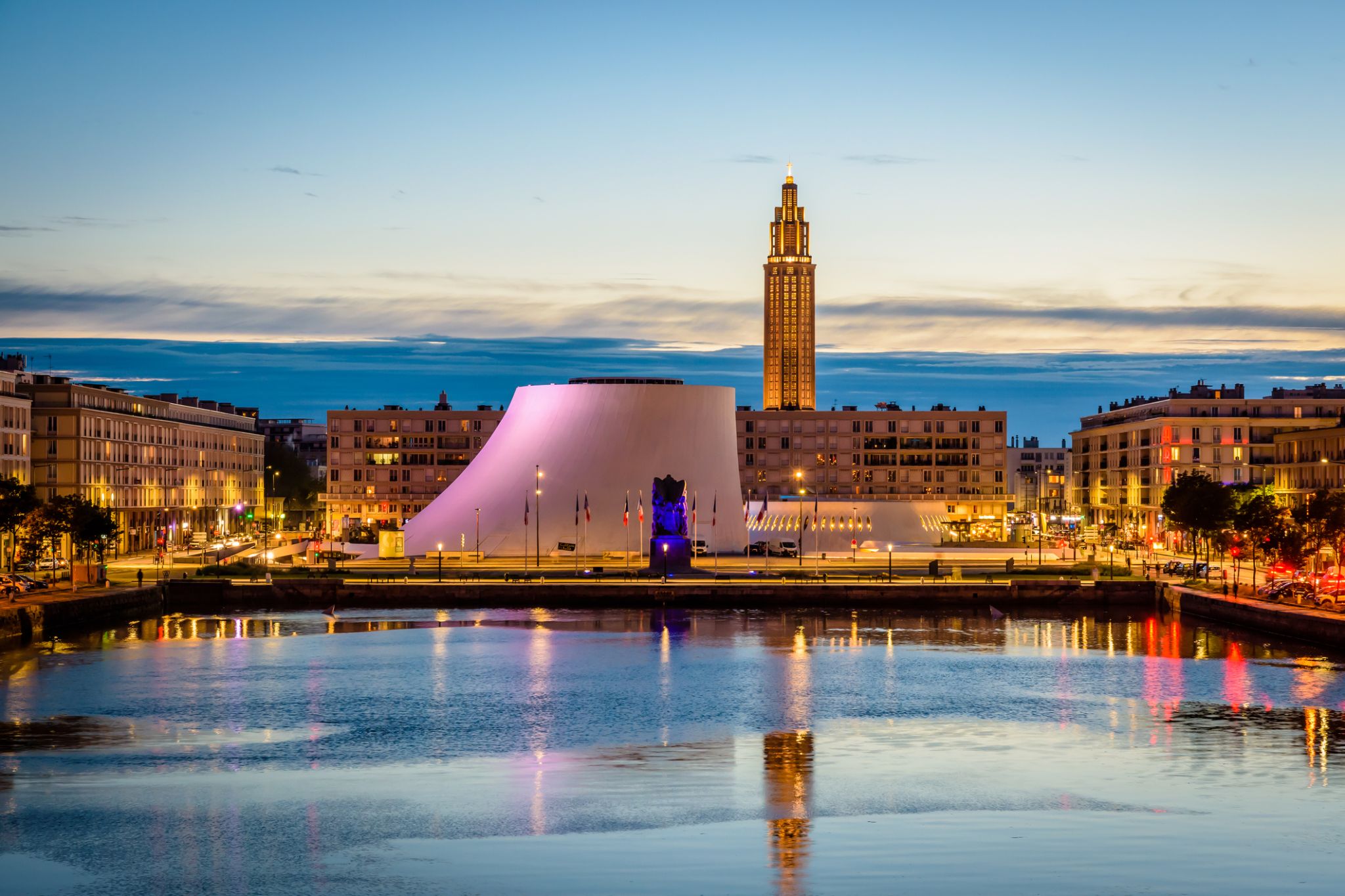
Le Havre to portowe miasto na północnym zachodzie Francji, położone nad brzegiem Kanału La Manche, będące ważnym centrum handlu morskiego i budownictwa okrętowego. Założone w XVI wieku, Le Havre szybko rozwinęło się dzięki swojej strategicznej lokalizacji, stając się jednym z największych portów kraju. Miasto jest znane z modernistycznej architektury, która została starannie zaplanowana po zniszczeniach II wojny światowej. W 2005 roku historyczne centrum miasta zostało wpisane na listę światowego dziedzictwa UNESCO, a słynny zespół architektoniczny zaprojektowany przez Auguste’a Perreta stał się ważną częścią miejskiej tożsamości.
Dziś Le Havre przyciąga turystów swoją unikalną atmosferą, łączącą elementy stare i nowe. Jedną z głównych atrakcji jest Notre-Dame-de-Grâce oraz Centrum Kultury Dunkierka, gdzie odbywają się koncerty, wystawy i przedstawienia teatralne. Lokalne plaże i promenady są idealnymi miejscami do spacerów i wypoczynku, a liczne restauracje serwują świeże owoce morza. Le Havre stało się także ważnym centrum kulturalnym i ekonomicznym, przyjmującym gości nie tylko z Francji, ale także z całego świata.

Le Havre to portowe miasto na północnym zachodzie Francji, położone nad brzegiem Kanału La Manche, będące ważnym centrum handlu morskiego i budownictwa okrętowego. Założone w XVI wieku, Le Havre szybko rozwinęło się dzięki swojej strategicznej lokalizacji, stając się jednym z największych portów kraju. Miasto jest znane z modernistycznej architektury, która została starannie zaplanowana po zniszczeniach II wojny światowej. W 2005 roku historyczne centrum miasta zostało wpisane na listę światowego dziedzictwa UNESCO, a słynny zespół architektoniczny zaprojektowany przez Auguste’a Perreta stał się ważną częścią miejskiej tożsamości.
Dziś Le Havre przyciąga turystów swoją unikalną atmosferą, łączącą elementy stare i nowe. Jedną z głównych atrakcji jest Notre-Dame-de-Grâce oraz Centrum Kultury Dunkierka, gdzie odbywają się koncerty, wystawy i przedstawienia teatralne. Lokalne plaże i promenady są idealnymi miejscami do spacerów i wypoczynku, a liczne restauracje serwują świeże owoce morza. Le Havre stało się także ważnym centrum kulturalnym i ekonomicznym, przyjmującym gości nie tylko z Francji, ale także z całego świata.
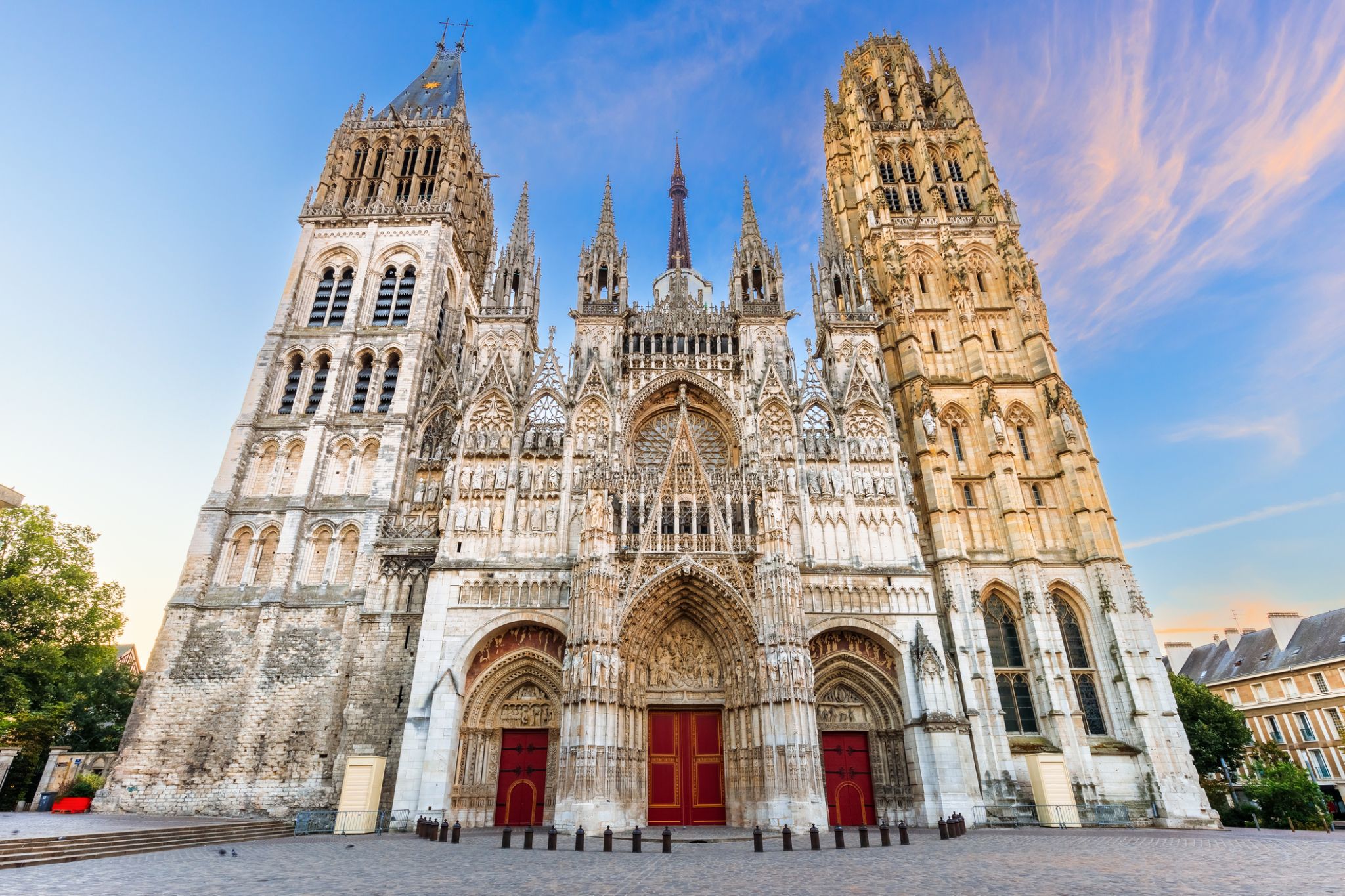
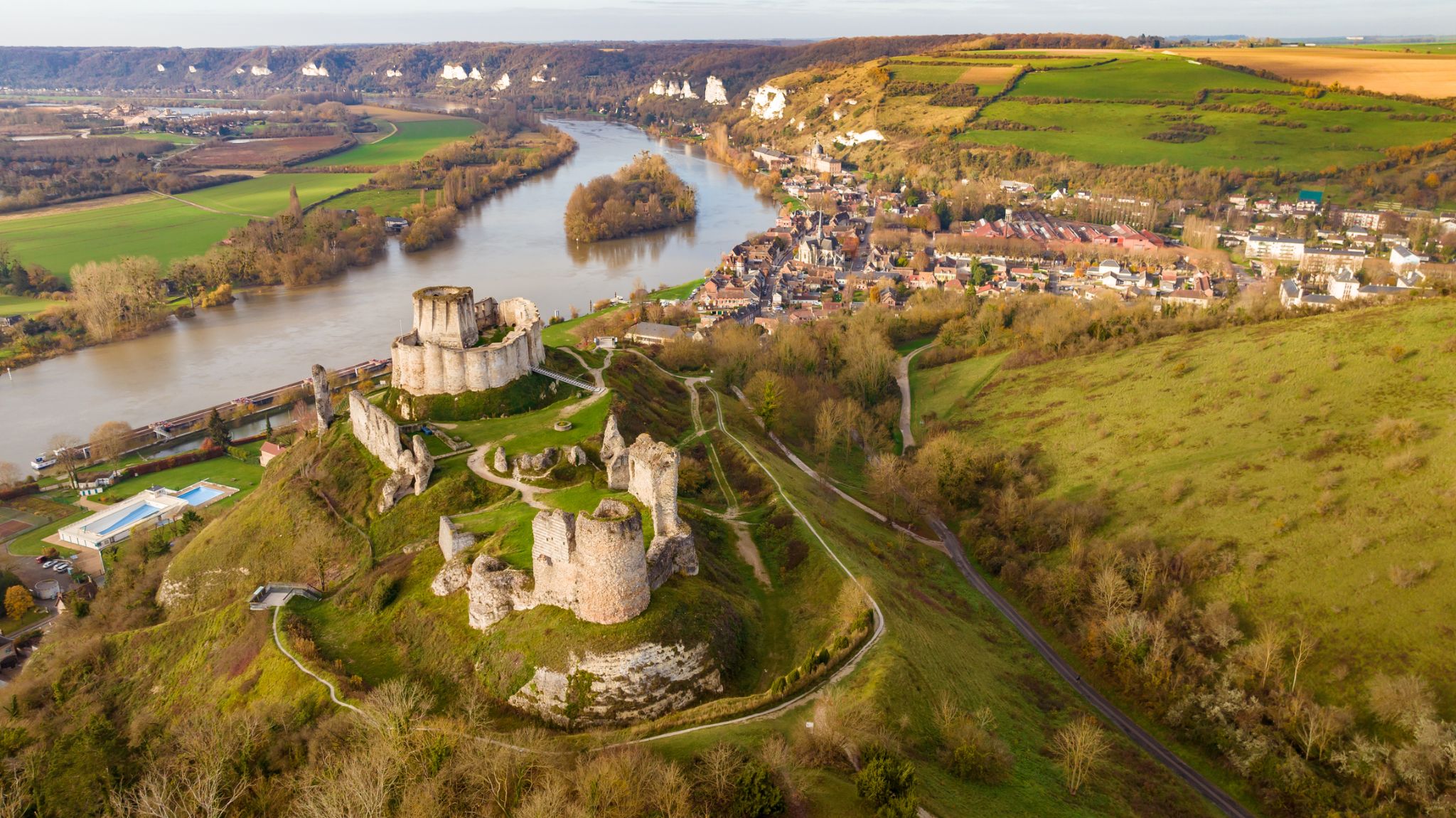
Les Andelys – miejscowość i gmina we Francji, w regionie Normandia, w departamencie Eure, położona nad wschodnim (prawym) brzegiem Sekwany.
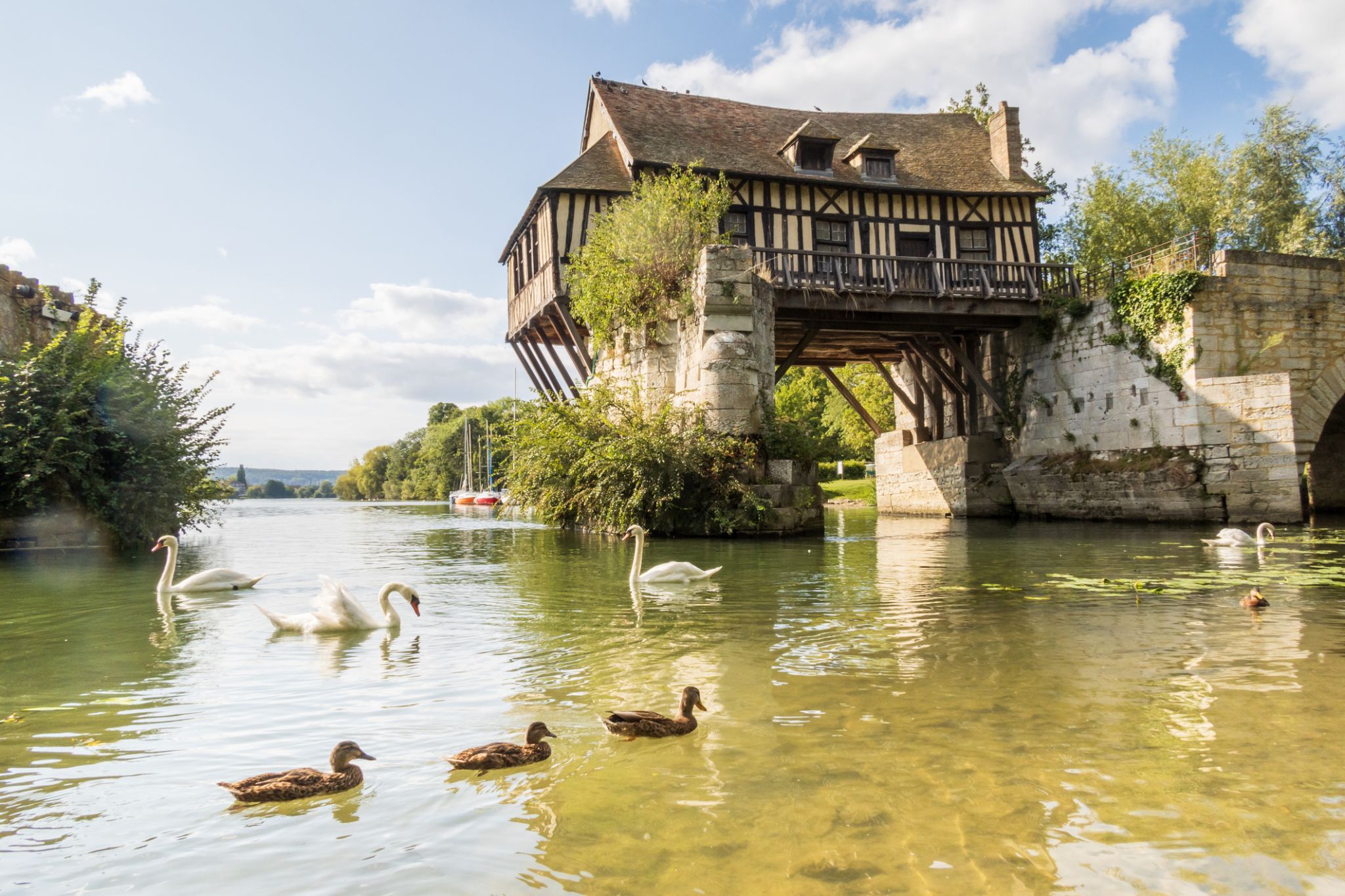
Vernon to niewielkie francuskie miasto liczące 25 tysięcy mieszkańców, położone w departamencie Eure, który wchodzi w skład regionu Górna Normandia.
Vernon jest starożytnym miastem. Przez całe swoje istnienie odgrywało strategiczne role i było świadkiem licznych bitew. W czasie II wojny światowej Vernon zostało doszczętnie zniszczone, ale odbudowano je dosłownie z ruin. Najbardziej znanym zabytkiem Vernon jest Stary Młyn. Jest to drewniano-ceglana konstrukcja, która opiera się na dwóch filarach starego zniszczonego mostu na Sekwanie. Most został zbudowany w XII wieku, a młyn pochodzi z około XVI wieku.
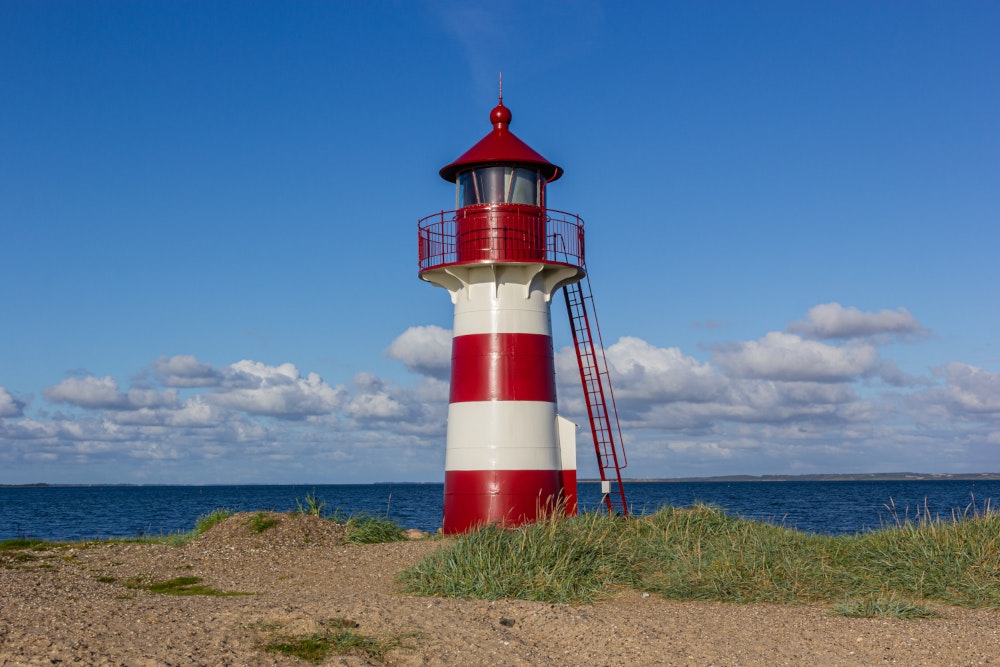

the capital of France, on the Seine River; population 2,203,817 (2006). Paris was held by the Romans, who called it Lutetia, and by the Franks, and was established as the capital in 987 under Hugh Capet. It was organized into three parts—the Île de la Cité (an island in the Seine), the Right Bank, and the Left Bank—during the reign of Philippe-Auguste 1180–1223. The city's neoclassical architecture dates from the modernization of the Napoleonic era, which continued under Napoleon III, when the bridges and boulevards of the modern city were built.

the capital of France, on the Seine River; population 2,203,817 (2006). Paris was held by the Romans, who called it Lutetia, and by the Franks, and was established as the capital in 987 under Hugh Capet. It was organized into three parts—the Île de la Cité (an island in the Seine), the Right Bank, and the Left Bank—during the reign of Philippe-Auguste 1180–1223. The city's neoclassical architecture dates from the modernization of the Napoleonic era, which continued under Napoleon III, when the bridges and boulevards of the modern city were built.